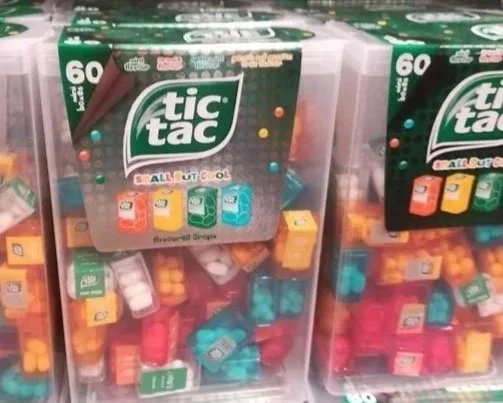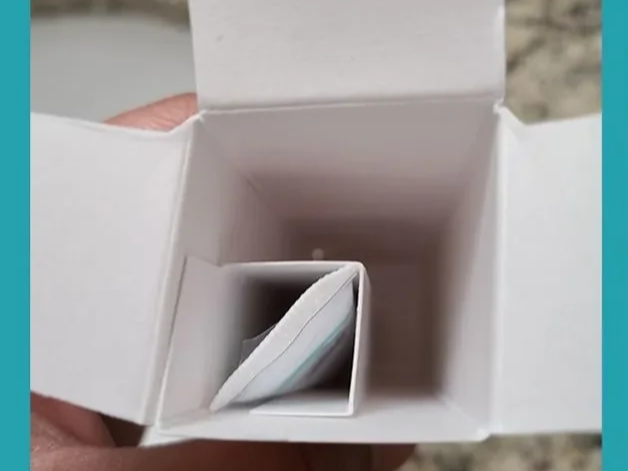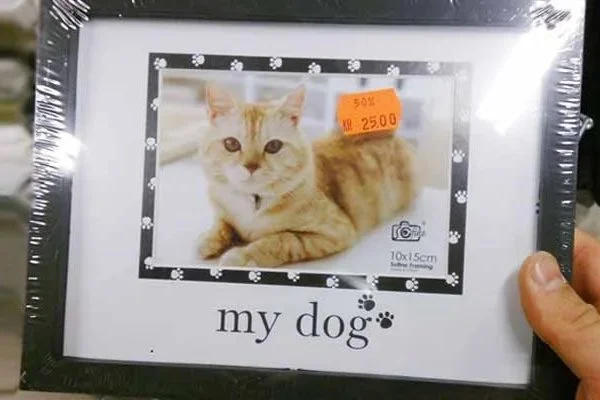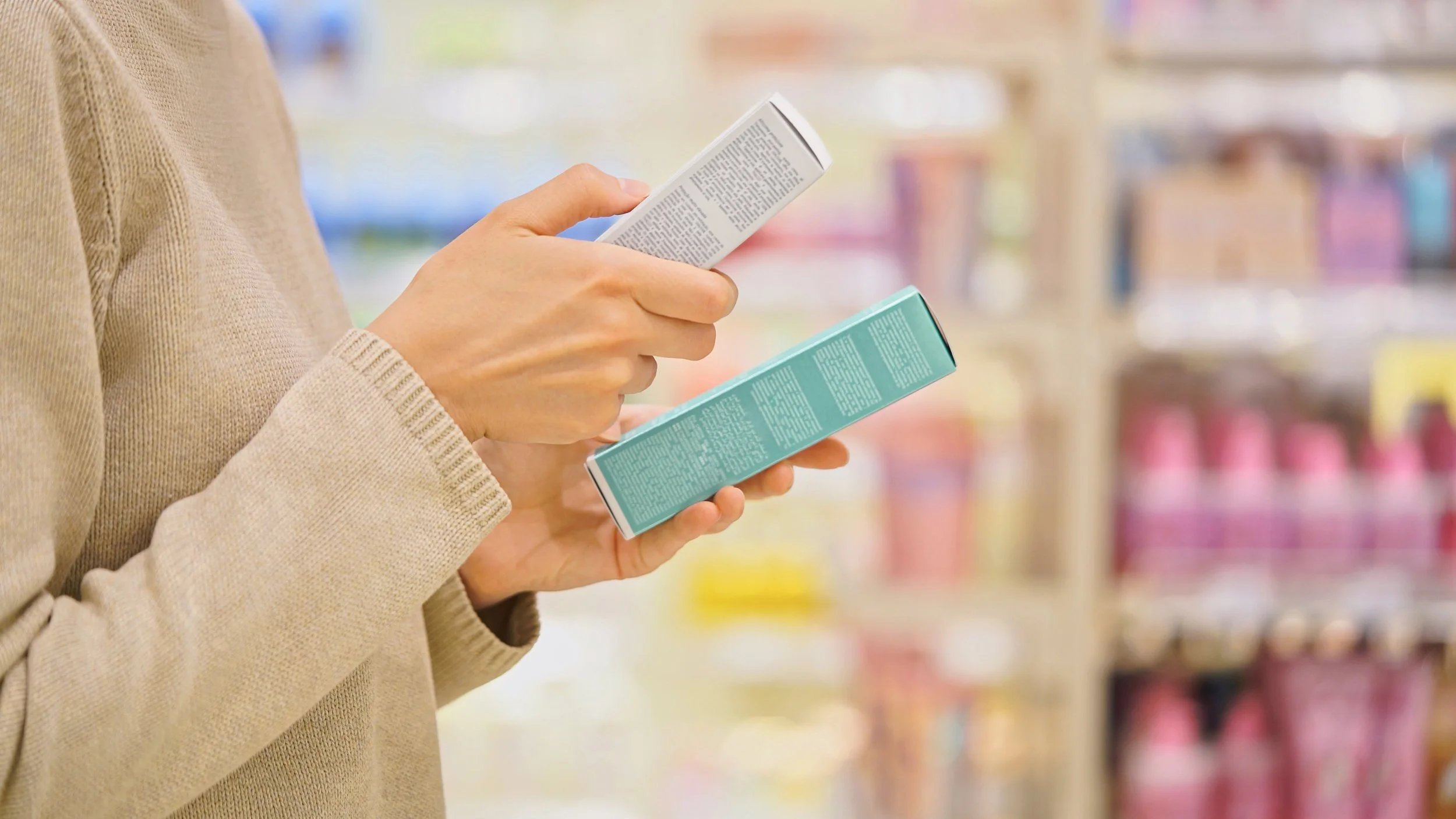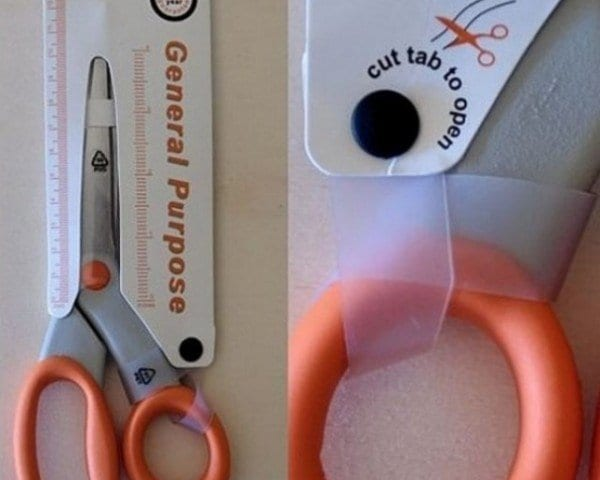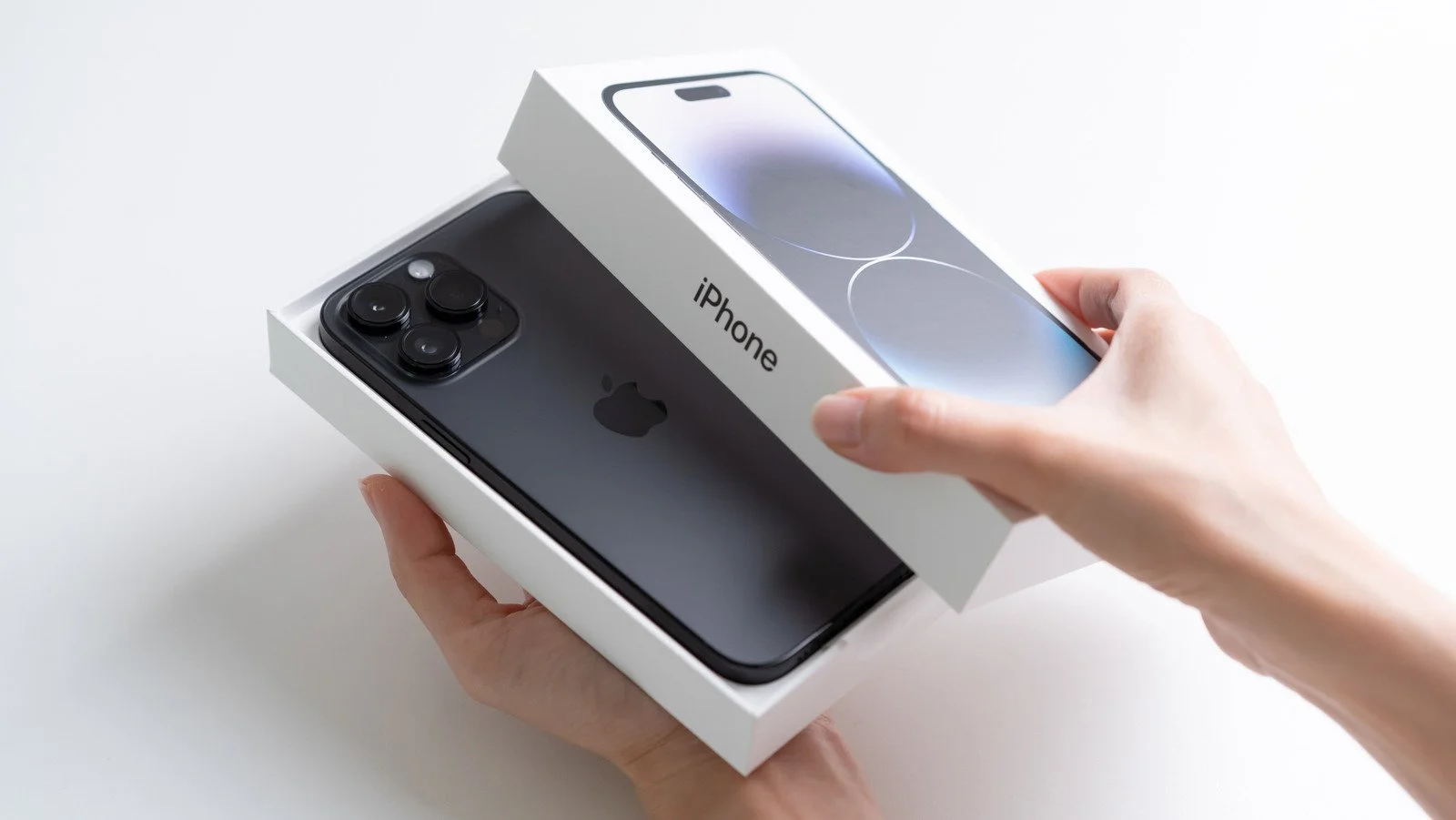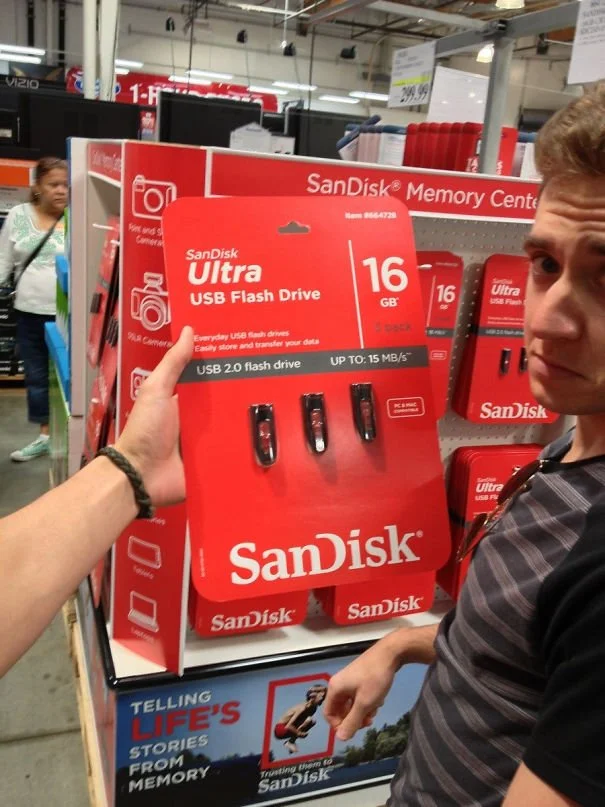Are You Making These 5 Packaging Mistakes?
It’s happened to all of us. You arrive home to see a suspiciously large package on your doorstep. Surely you didn’t order anything that would warrant a box this large? Your doubts are confirmed as you lift the package and hear the telltale rattle of a much smaller item packaged inside. Disappointment, bewilderment, and even frustration begin to bubble inside, seeing how much waste went into packaging a single item.
Excessive packaging is just one of many common missteps we see within the packaging industry that can cost brands profits…and even their reputation! How can brands avoid this?
Let’s get into it.
Excessive Packaging
When it comes to product packaging, sometimes less is more.
Factors to Weigh:
Cost – Materials are far from the only cost associated with excessive packaging. Opting for compact custom packaging can help your business save on freight and storage expenses.
Functionality – If your packaging is too large, is it efficiently protecting your product? Refining your packaging to offer a custom fit may reduce damaged goods.
Sustainability - Consider the environmental impact of your packaging. Not only does larger packaging create more waste, but it also consumes greater space in shipping containers, leading to more shipments and ultimately higher carbon emissions.
Consumer Impressions – Larger-than-necessary packaging may lead consumers to believe they are being intentionally deceived.
Inconsistent Messaging and Ineffective Branding
Packaging is more than just a cover for your product; it tells your brand story. Using inconsistent visuals and messaging can weaken your brand identity and negatively impact brand recognition. Your packaging should create an overall impression of your brand and its values using visual and tactile cues.
Tips To Consider:
Adhere to Brand Guidelines – Consistent usage of logos, brand marks, colors, and fonts across all of your branded content, such as digital media, makes your brand easily recognizable to consumers.
Know When to Differentiate – Consistency does not equal constraint! Brands can effectively break out of their core packaging program, implementing new colors, graphics, and even textures to differentiate between product lines, create seasonal and trend collections, and highlight limited edition products.
Materials– Are you sending mixed signals with your materials? Consider how material choices can instantly communicate your brand’s identity and values and resonate with your target consumer. For example, eco-friendly materials can communicate a brand’s commitment to sustainability, while premium finishes can signal luxury.
Poor Shelf Visibility
A strong shelf presence is crucial to making an impression on retail shoppers. Did you know that 64% of consumers reported trying a new product simply because the packaging caught their eye? When consumers are faced with an overwhelming number of choices, you must be seen to win the shelf. This doesn’t just apply to brick-and-mortar shops, but also the “digital shelf” as consumers engage with products on search engines, social media, and e-commerce platforms.
Ask Yourself These Key Questions:
Does your product blend in with the competition, or command attention?
Are you taking market trends into account?
Is your packaging attractive to your target audience?
Don’t know where to start? Our team stays up to date on current design innovations and market trends. We are not only packaging experts, but marketers with decades of experience in helping brands sell their products.
Neglecting User Experience
A consumer’s interaction with your packaged product may be their first experience with your brand. This interaction sets expectations and first impressions of your brand. Unboxing has become an integral part of the consumer experience. In the words of Jony Ive, Apple’s former head designer, “You design a ritual of unpacking to make the product feel special. Packaging can be theater.”
Think About Packaging From A Consumer’s Point Of View:
Ease of Use - Is your packaging difficult to open? Or does it cause frustration? Custom security solutions can eliminate the need for impossible to open packaging.
Tactility- Does your packaging provide a sensory experience outside of visual appeal? For example, Apple’s iPhone packaging creates a multi-sensory experience using human psychology and clever design. The slow release of their box lids was intentionally designed to build anticipation during the unboxing experience.
Clarity- Is all essential information concise and legible? Consider the hierarchy of information printed on your packaging by placing visual emphasis on the most important details.
Display - Is your product displayed clearly? Can consumers tell what’s inside at a glance?
Overcomplicated Packaging
At the end of the day, packaging should serve to enhance your product, boost your brand image, and drive sales. While it may be tempting to incorporate every possible feature and embellishment (guilty!), it is essential to strike the perfect balance between aesthetics and functionality.
Overpowering Design - While effective packaging design should attract attention, your product is the star of the show! Busy graphics or complicated construction can overpower or distract from your product.
Labor Efficiency – Consider how many steps it will take for workers to package your product. Can this be reduced? Custom packaging solutions are designed to maximize time efficiency, saving money on labor costs.
Packaging design is an art, a science, and a strategy that can make or break your brand at the retail level! At A&H Worldwide, we specialize in creating custom packaging solutions tailored to meet your needs. Whether you’re looking for innovative designs, sustainable materials, or specialized functionalities, our team brings your vision to life to create successful packaging.
A&H Is Here To Help! Contact Us To Discuss Your Next Custom Packaging Solution.

